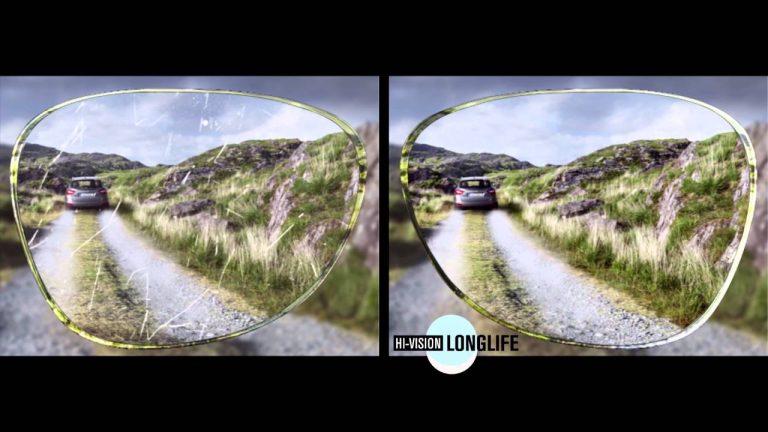The Importance of Eye Safety in the Glass Industry
Introduction
Glass is an integral part of the modern world, and it is used in various sectors such as construction, automotive, electronic industries, etc. Despite its numerous benefits, working with glass can be hazardous, particularly for those who do not practice good eye safety measures. This article outlines the importance of eye safety in the glass industry, highlighting the risks and potential solutions.
Risks Associated with Glass Industry
The glass industry poses many risks, with the most significant being eye injuries. Some of the common eye injuries among glass workers include eye irritation, foreign body penetration, eye burns, and corneal abrasions. These injuries can be caused by several factors, such as flying glass debris, chemical exposure, and eye-strain resulting from prolonged exposure to bright light and heat.
Eye Strain
Eye strain, caused by prolonged exposure to bright light or heat, is a commonplace issue in glass industries. This results in redness, dryness, irritation of the eyes with symptoms, such as headaches and blurred vision.
Foreign Body Penetration
Flying glass debris, caused by cutting, grinding, and drilling can lead to foreign body penetration into the eyes. This results in corneal abrasion, puncture wounds, and blindness.
Chemical Exposure
The glass industry often utilizes chemicals such as hydrofluoric acid that pose a significant risk to the eyes. These chemicals can cause burns, severe irritation, and in some cases, complete blindness.
Solutions to Eye Safety in the Glass Industry
The best way to prevent eye injuries in the glass industry is by taking proactive measures such as safety training and use of personal protective equipment.
Safety Training
Workers in the glass industry should receive safety training that covers the potential risks and appropriate preventative measures. Training can include type of safety glasses to be worn, how to correctly use them, the importance of regular breaks and the dangers of chemical exposure.
Personal Protective Equipment (PPE)
PPE such as safety glasses, goggles, and face shields are particularly essential in the glass industry. Safety glasses protect the eyes from chemical splashes, dust particles, and foreign bodies that could cause injury. Goggles are critical when working with chemicals that could cause burns or irritation to the eyes. Face shields should be used in cases when there is a risk of flying debris or chemical splashes.
Conclusion
Eye safety measures are critical in the glass industry to prevent injuries that can result in blindness or other kinetic damage. Regular safety training and the use of personal protective equipment are crucial in ensuring that workers are aware of the risks involved and how to protect themselves. It is essential to promote a safety-first culture in the glass industry to ensure that every employee feels safe and cared for.
- Eye strain, foreign body penetration, and chemical exposure are risks associates in the glass industry
- Safety training and PPE are necessary to prevent eye injuries
- It is paramount to prioritize safety and promote a safety culture among workers in the glass industry
Contents
Most wanted in Hoya Vision:
Hoya Lens Engravings
Which lens is better Alcon or Johnson and Johnson?
What’s the rarest eye color?
What brand lenses does Costco use?
Legacy Eye Care Llc
Hoya Sensity Vs Transitions Xtractive
Should eyeglasses cover eyebrows?
What’s the difference between 1.5 and 1.6 lenses?
What do you call glasses that turn dark in the sun?
Wide Corridor Progressive Lenses
















